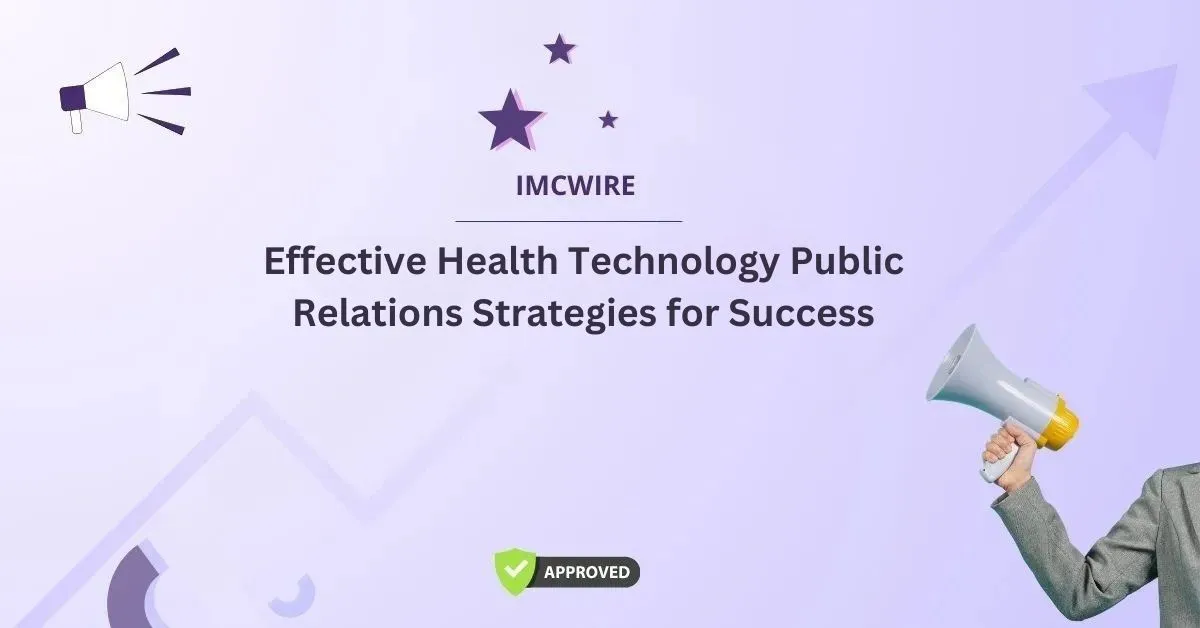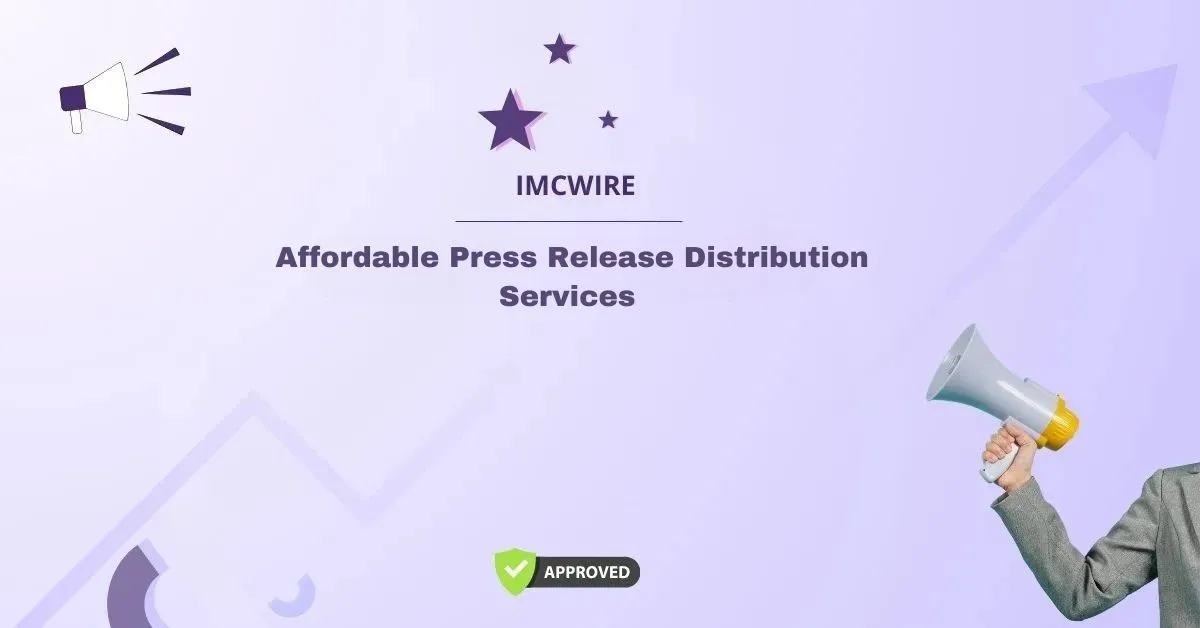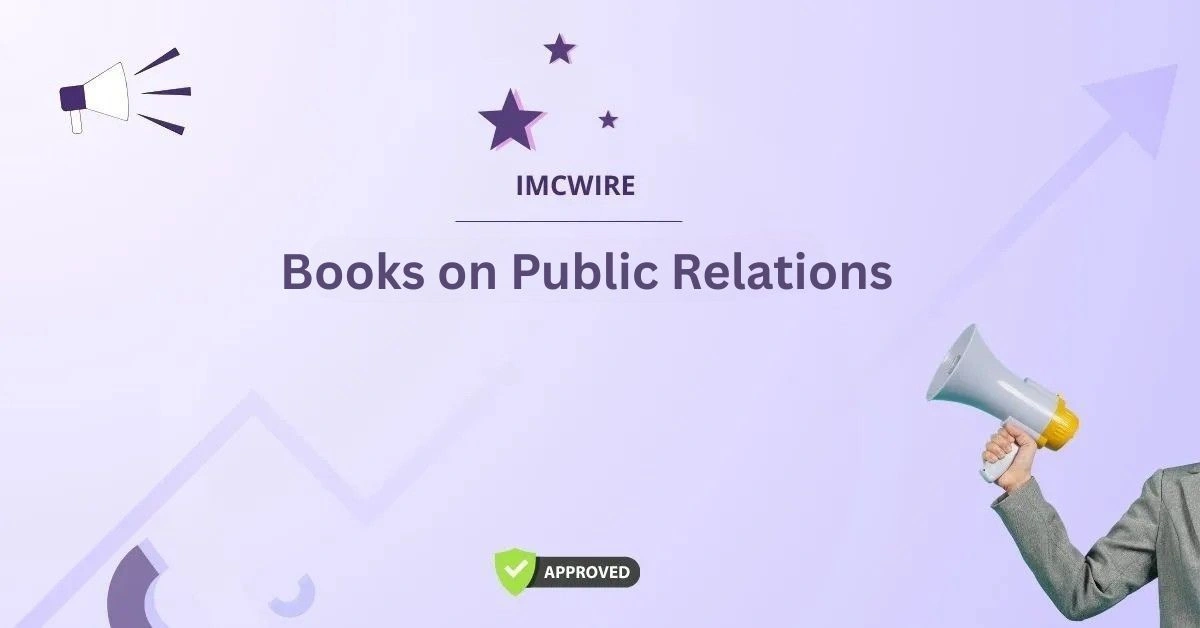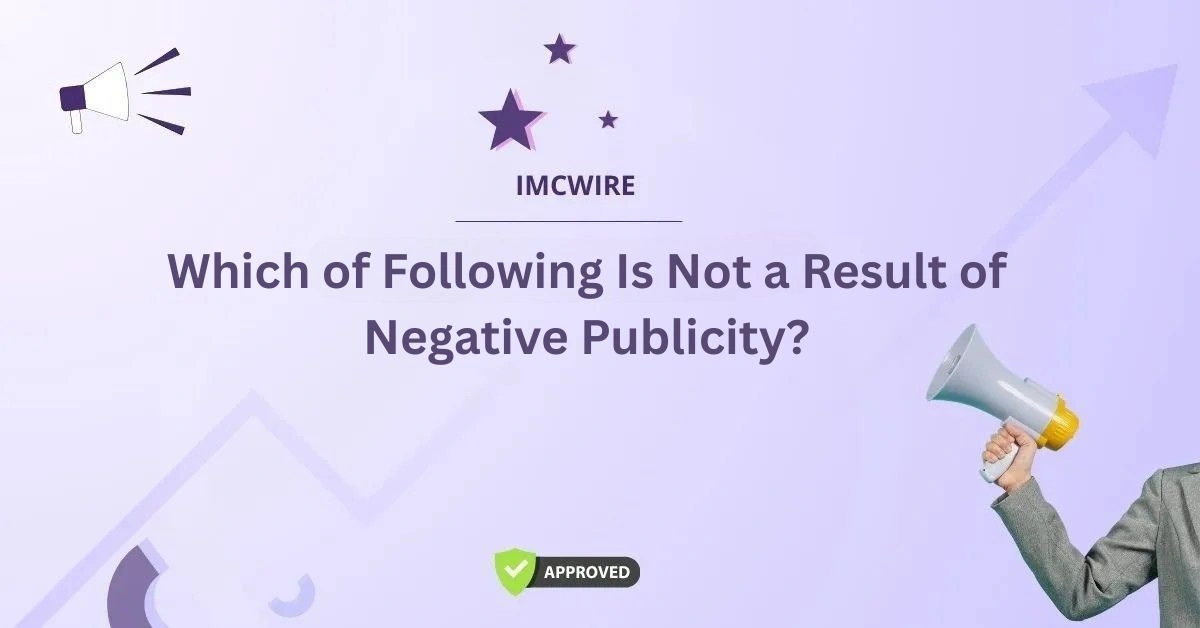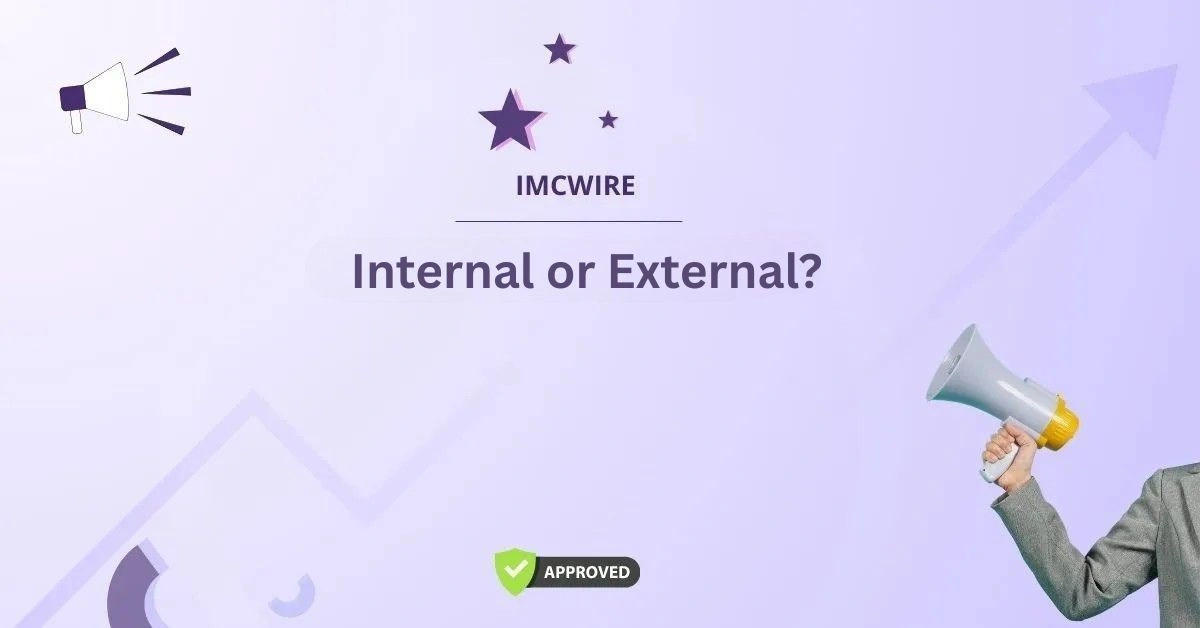In today’s rapidly evolving healthcare landscape, the integration of technology in healthcare services has revolutionized the way patients receive care, and healthcare organizations communicate with the public. Health technology, encompassing medical devices, telehealth, health IT solutions, and digital health platforms, has seen tremendous growth in recent years. As these innovations reshape the industry, so too does the need for an effective public relations strategy to help these technologies gain acceptance, foster trust, and build positive relationships with both the healthcare community and the general public.
Health technology public relations (PR) is a vital aspect of modern healthcare marketing that plays a crucial role in educating stakeholders, managing perceptions, and ensuring that emerging health technologies have a solid presence in the market. But what exactly is health technology public relations, and why is it such an essential part of healthcare communication? In this blog post, we will explore the importance of health technology public relations, its challenges, and strategies to maximize success in this ever-changing industry.
Table of Contents
What is Health Technology Public Relations?
Health technology public relations refers to the practice of managing and improving the public image of health technology companies and their products through various communication channels. This includes promoting health-related innovations such as medical devices, software, wearable health technology, and telemedicine platforms, as well as communicating the value these technologies bring to the healthcare sector.
Unlike traditional public relations, which may focus on general brand building or crisis management, health technology PR often deals with complex and highly regulated topics. This includes navigating government regulations, compliance with health privacy laws (such as HIPAA in the United States), and addressing potential public skepticism about new technologies. In this specialized area of public relations, effective communication strategies are critical to overcoming these challenges while ensuring a positive brand image.
Why Health Technology Public Relations Matters
Building Trust with Healthcare Professionals
Healthcare professionals are often the first line of defense when it comes to integrating new technologies into the healthcare ecosystem. Whether it’s a telemedicine platform, an AI-driven diagnostic tool, or a cutting-edge medical device, these professionals must understand the value and effectiveness of these technologies to adopt them into their practice. Health technology PR plays a crucial role in building credibility and establishing trust with healthcare providers by offering clear, scientifically backed, and regulatory-compliant information.
Effective health technology PR strategies use medical research, expert endorsements, and case studies to demonstrate how technology can improve patient outcomes and reduce healthcare costs. PR efforts also ensure that healthcare professionals are aware of the clinical evidence supporting these products, fostering confidence and encouraging adoption.
Educating Patients and the General Public
In addition to healthcare professionals, public relations efforts also target the general public. As healthcare technology evolves, there is often a gap in understanding regarding the benefits, risks, and functionalities of new products. For example, a new wearable device that monitors heart rate may seem like a “gadgets and gizmos” novelty to some, but for others, it could be a life-changing innovation that helps with early detection of cardiac events. Health technology PR bridges this gap by providing educational content and transparent communication that helps people make informed decisions about their health.
PR efforts, including blog posts, media appearances, social media campaigns, and patient testimonials, serve as valuable tools to demystify complex medical technologies. They ensure that patients understand not only how these technologies work but also how they can positively impact their health outcomes. By educating the public, health technology PR helps to reduce resistance and fosters a more informed patient base.
Managing Regulatory and Compliance Concerns
Health technology is subject to strict regulations, particularly in regions like the U.S., where the FDA (Food and Drug Administration) regulates medical devices, or the European Union, which has specific rules for health data privacy and security. Health technology PR must navigate these complex regulations to ensure that the company’s communications comply with legal requirements and ethical standards.
Health technology PR professionals must also address concerns about patient safety, data security, and privacy, all of which are critical factors when promoting health-related products. Communicating how a product or service adheres to regulatory standards is essential for maintaining consumer and healthcare professional trust. Any missteps in this area can result in costly legal ramifications or damage to the organization’s reputation.
Challenges in Health Technology Public Relations
Despite the critical importance of health technology public relations, managing PR for healthcare technologies comes with its own set of unique challenges. Below are some common obstacles faced by PR professionals in this sector:
- Dealing with Misinformation
Healthcare technologies, especially those that deal with patient data or health-related issues, can often become the subject of misinformation or skepticism. Some individuals may question the efficacy, safety, or privacy of new health technologies, especially if they don’t fully understand how they work. It is the role of health technology PR to counter these misconceptions with facts, evidence, and a transparent communication strategy that addresses concerns head-on.
- Navigating Complex Language and Jargon
Health technology PR must be adept at simplifying complex medical and technological jargon without diluting the message. The general public may not understand technical terms related to health tech devices, software, or AI algorithms. PR professionals must find a balance between providing detailed, accurate information and making the content accessible to all audiences.
- Handling Crisis Management
Like any industry, health technology can face public relations crises. Whether it’s a recall of a device due to safety concerns, a data breach, or negative media coverage about a particular product, PR professionals must be prepared for such crises. Effective crisis communication strategies in health technology PR require clear, transparent, and timely messaging to minimize reputational damage and maintain stakeholder trust.
Strategies for Effective Health Technology Public Relations
To overcome the challenges mentioned above, health technology PR professionals must employ a variety of strategies that align with the specific goals of the organization. Here are some key strategies to consider:
- Leverage Expert Endorsements and Testimonials
One of the most effective ways to build credibility in the health technology sector is by leveraging expert endorsements and patient testimonials. Health technology PR can help facilitate relationships between thought leaders, healthcare professionals, and journalists to secure positive media coverage or product endorsements. Positive testimonials from healthcare providers and patients can also enhance the product’s reputation and encourage adoption.
- Create Educational Content
Health technology PR should focus on producing high-quality educational content that provides clear explanations of the product’s benefits, features, and applications. Whether it’s through blog posts, whitepapers, webinars, or infographics, educating stakeholders is crucial to overcoming skepticism and building a positive brand image. Content should be designed to simplify complex concepts and demonstrate how health technology can solve real-world problems.
- Engage in Strategic Media Outreach
Effective media outreach can amplify the visibility of health technology products. Health technology PR teams should work closely with journalists and influencers in the healthcare space to secure media coverage in reputable publications, websites, and blogs. By positioning the company as a thought leader and showcasing its innovation, PR professionals can increase awareness and establish trust among target audiences.
- Utilize Social Media and Influencers
Social media platforms are an essential tool for health technology PR. Social media enables direct engagement with consumers, healthcare professionals, and influencers. Health technology companies can use platforms like Twitter, LinkedIn, Facebook, and Instagram to share updates, answer questions, and educate the public. Collaborating with influencers in the health and wellness space can also help amplify the reach of a health technology PR campaign and build brand awareness.
- Measure and Evaluate Success
PR campaigns must be regularly evaluated to assess their effectiveness. Key performance indicators (KPIs) such as media coverage, social media engagement, website traffic, and brand sentiment are useful metrics to track. Regular reporting helps PR professionals make data-driven decisions to refine their strategies and ensure continuous improvement.
Conclusion
As health technology continues to advance and reshape the healthcare industry, health technology public relations will play an increasingly important role in building relationships with stakeholders and ensuring the success of new products and services. By educating the public, fostering trust, and managing perceptions, health technology PR can significantly contribute to the growth of the industry.
PR professionals in this field must be agile, well-informed, and proactive in addressing challenges such as misinformation, regulatory compliance, and crisis management. By leveraging expert endorsements, creating valuable content, engaging with the media, and using social media strategically, health technology PR can foster a positive brand image and help drive adoption of these groundbreaking innovations.

